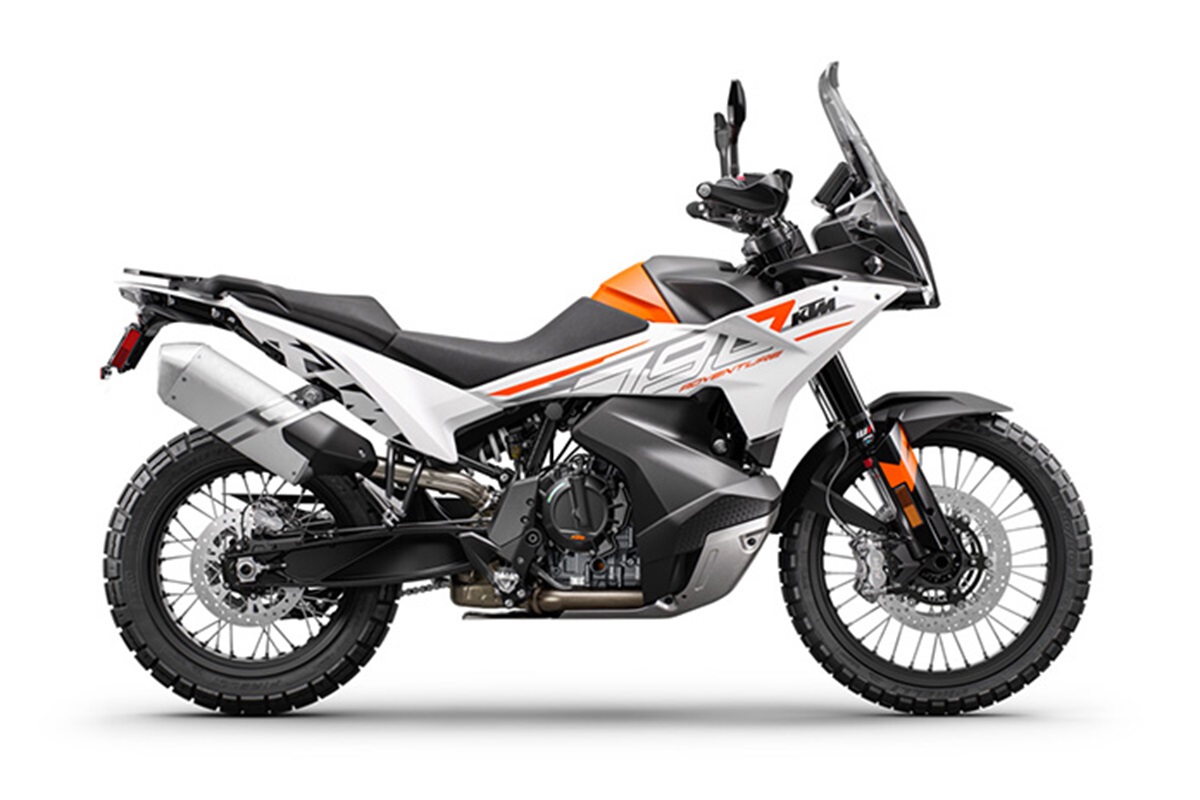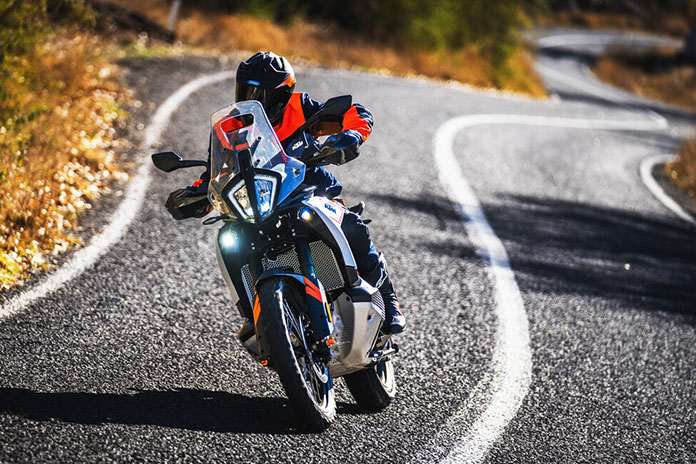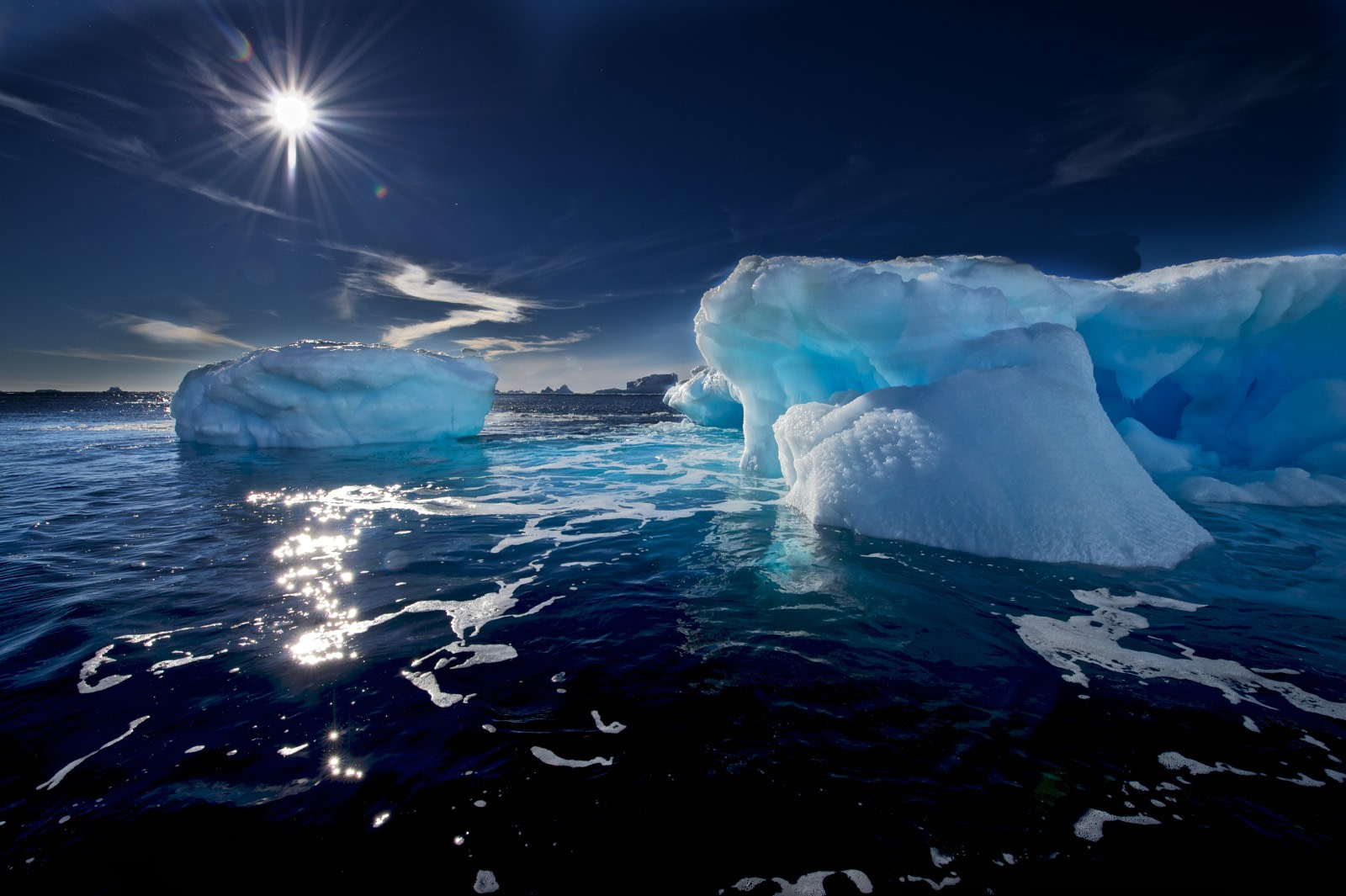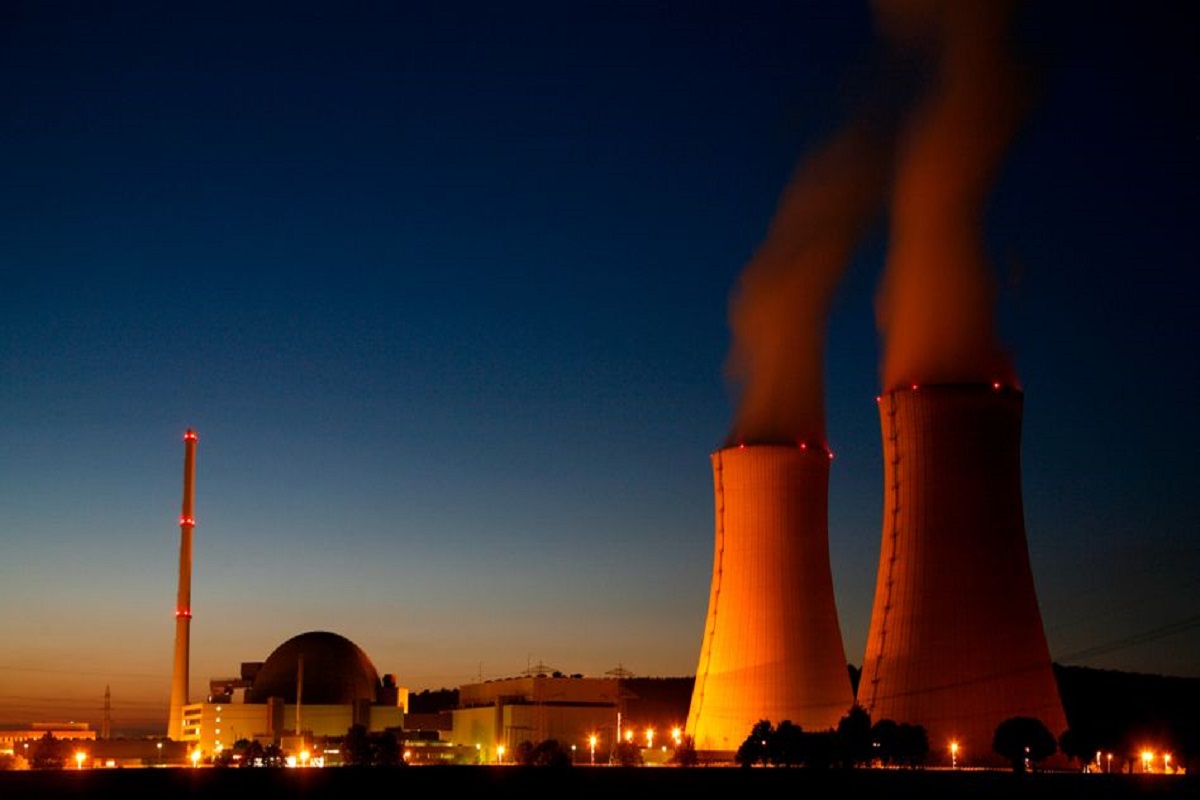KTM recently unveiled the 2024 KTM 790 Adventure, a redesigned model created in Mattighofen, Austria. The company describes it as an ideal entry point for riders exploring the adventure segment. Recognized with the 2019 Motorcycle of the Year award, the KTM 790 Adventure has earned acclaim for its lightweight ADV touring capabilities, designed for diverse terrains.

Retaining the 799cc parallel-twin LC8c with DOHC, the 2024 KTM 790 Adventure introduces enhancements for greater stability and improved cornering poise. A 20% increase in rotating mass contributes to these improvements. Reworked Dell’Orto throttle bodies enhance combustion efficiency, and a knock control sensor ensures better ignition and compatibility with various fuel qualities.
Key features of the 790 Adventure include a 6-speed gearbox, throttle-by-wire, a PASC slip/assist clutch, a new airbox, and an optional reconfigured Quickshifter+. The latest 6-axis IMU, found in larger KTM models, powers features like Cornering Motorcycle Traction Control, ABS, Motor Slip Regulation, and standard ride modes (Street, Offroad, and Rain), with an additional Rally mode available. ABS modes now seamlessly switch between ride modes, simplifying configuration. The demo mode allows testing the full suite of electronic rider aids for the initial 1,500 km.
The suspension features WP Apex components, including a 43mm inverted fork and a preload-adjustable shock, providing 7.9 inches of front and rear travel. Braking is handled by dual 4-piston calipers gripping 320mm front discs and a 260mm rear disc. The 21/18-inch front/rear tires are now wrapped in Pirelli Scorpion STR tires, emphasizing off-road capabilities.

The 790 Adventure boasts 9.1 inches of ground clearance, an adjustable seat height (33/33.8 in.), and a 5.3-gallon fuel tank. The bike’s design incorporates a new front mask leading to an integrated fairing, with a larger aluminum engine guard as standard. Reshaped plastics provide added protection for the tank and seat, and a higher windscreen enhances wind protection.
The bike features full LED lights and a new 5-inch TFT display that adjusts to ambient lighting conditions, offering a redesigned menu system with new infographics for easier customization.
Optional features include KTMconnect with Bluetooth connectivity, Quickshifter+, heated grips, a heated seat, and cruise control. The 2024 KTM 790 Adventure is set to debut in December 2024 in two color options: white with orange graphics or black. Pricing details have not been disclosed.









